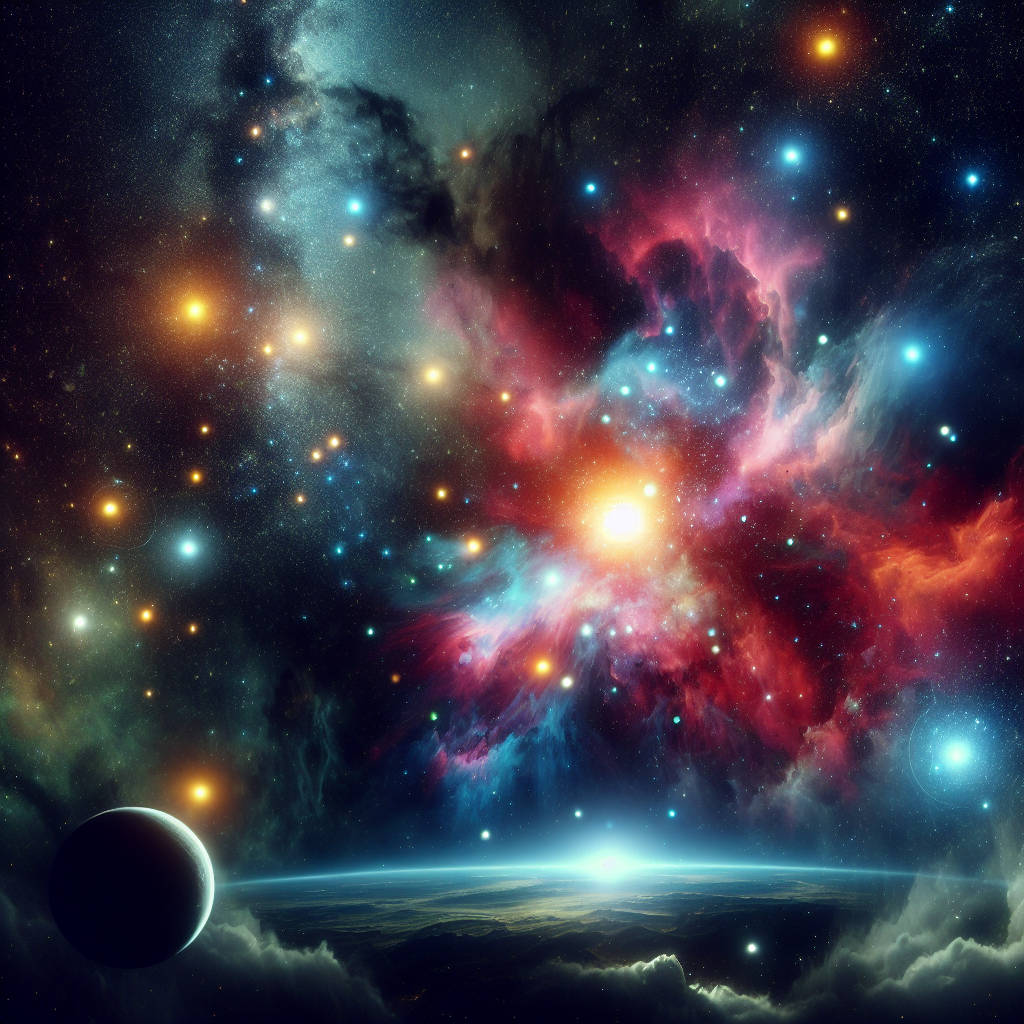Exploring the Universe: James Webb Telescope Discoveries
The James Webb Space Telescope (JWST), launched in December 2021, has begun to transform our understanding of the universe. As the most powerful space telescope ever built, its discoveries are eagerly anticipated by both the scientific community and the public. This article delves into the significant findings and the broader implications of the James Webb Telescope discoveries.
Unveiling the Cosmic Phenomena
The primary goal of the JWST is to study the universe’s earliest galaxies, stars, and planetary systems in unprecedented detail. It operates primarily in the infrared spectrum, which allows it to peer through cosmic dust clouds and observe objects and phenomena invisible to optical telescopes. According to NASA, the telescope has already provided invaluable data on the atmospheric composition of distant exoplanets, offering clues about their potential habitability.
Impact on Astrophysics
The detailed observations from the JWST are expected to revolutionize our understanding of galaxy formation and evolution. Early data suggest that the telescope can observe galaxies that formed just 250 million years after the Big Bang, much earlier than previously observed. This capability provides astrophysicists with crucial information about the universe’s infancy, helping to fill significant gaps in our cosmic timeline.
Technological Marvel
The technological advancements embodied in the JWST are as groundbreaking as its scientific missions. Featuring a 6.5-meter primary mirror and an array of scientific instruments, the telescope can capture extremely faint signals from the far reaches of the universe. Its location at the second Lagrange point (L2), about 1.5 million kilometers from Earth, shields it from light interference, making its observations exceptionally clear.
Future Prospects
As the JWST continues its mission, the scientific community anticipates more groundbreaking discoveries. These findings not only deepen our understanding of the universe but also potentially guide future interstellar missions. The telescope is expected to operate for at least ten years, with hopes for an even longer service life, promising a decade of discovery and beyond.
In conclusion, the James Webb Telescope discoveries are setting a new standard in astronomy, with each finding offering a deeper understanding of our universe. As we stand on the brink of these new cosmic revelations, the potential for further groundbreaking discoveries remains vast, promising to reshape our understanding of the cosmos.


